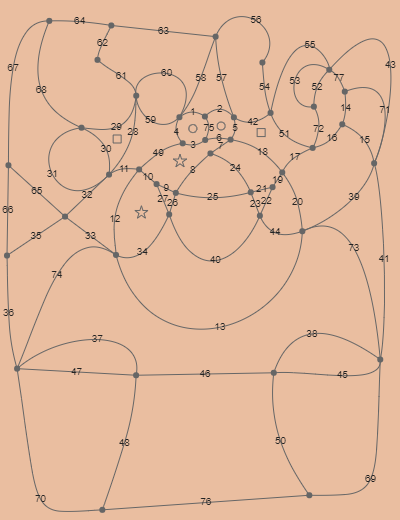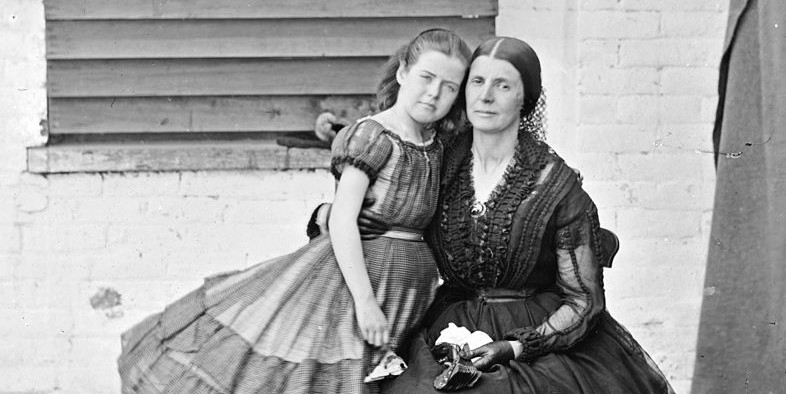A stunning finding regarding the efficacy of placebos:
In 2017 Victoria Wai-lanYeung, a psychologist at Lingnan University in Hong Kong, and her colleagues gave a placebo painkilling cream at random to half their subjects, as a gift, and then put all the subjects to a moderately painful task (immersing a hand in ice water).
Participants who’d received the cream but hadn’t used it reported lower pain levels than those who hadn’t received it — merely owning a fake painkiller had reduced their pain.
More at the link below.
(Victoria Wai-lanYeung, Andrew Geers, and Simon Man-chun Kam, “Merely Possessing a Placebo Analgesic Reduced Pain Intensity: Preliminary Findings From a Randomized Design,” Current Psychology 38:1 [2019], 194-203.)


